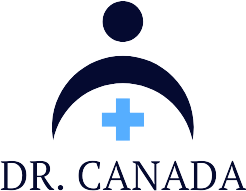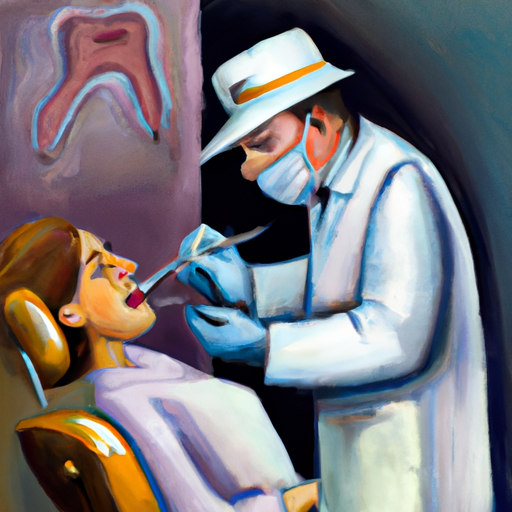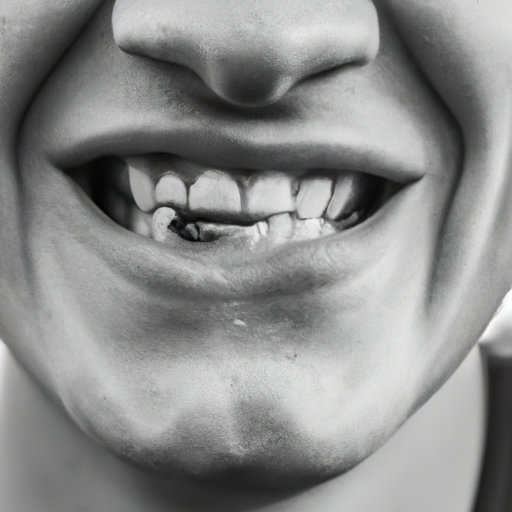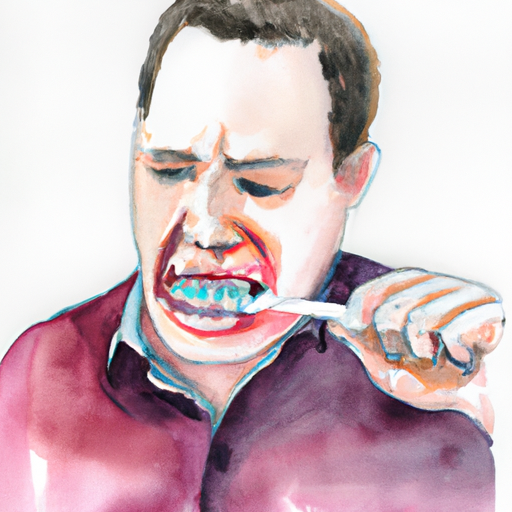In today’s fast-paced world, finding effective ways to shed those extra pounds is a top priority for many individuals. While dieting alone can provide some results, incorporating exercise into your weight loss journey is essential for long-term success. With numerous options available, exercise machines have become increasingly popular due to their convenience and ability to target specific muscle groups. In this comprehensive guide, we will explore the benefits of exercise machines for effective weight loss. We will also delve into the key components of these machines, helping you diagnose and optimize your workout routine. Additionally, we will uncover the causes and symptoms of inefficient workouts, providing valuable insights on maximizing your results with exercise machines. Whether you are a beginner or a fitness enthusiast, this article is a must-read for anyone looking to achieve their weight loss goals through the use of exercise machines.
You can find out more about this theme here: https://bbgate.com/threads/synthesis-of-alpha-bromovalerophenone-with-bromine-large-scale.249/.
1. “Exploring the Benefits of Exercise Machines: A Comprehensive Guide to Effective Weight Loss”
Exercise machines can be an excellent tool for individuals looking to lose weight effectively. Whether you are a beginner or an experienced fitness enthusiast, workout machines offer a wide range of benefits that can aid in achieving your weight loss goals. In this comprehensive guide, we will explore the numerous advantages of exercise machines and how they contribute to effective weight loss.
One of the primary benefits of exercise machines is their ability to provide a controlled and structured workout. Unlike free weights or bodyweight exercises, exercise machines offer stability and support, making them ideal for individuals with limited experience or those recovering from injuries. The controlled movements and fixed range of motion allow users to target specific muscle groups without the risk of improper form or injury.
Furthermore, exercise machines often come equipped with adjustable settings, allowing users to tailor their workouts to their specific needs and fitness levels. Whether you are looking to increase resistance, adjust incline levels, or vary the range of motion, exercise machines provide the flexibility required to challenge your body and stimulate weight loss effectively.
Another advantage of exercise machines is their ability to provide a full-body workout. Many machines, such as treadmills, ellipticals, and rowing machines, engage multiple muscle groups simultaneously. This holistic approach not only burns calories but also builds overall strength and endurance. By incorporating different types of exercise machines into your workout routine, you can target different areas of your body and ensure a well-rounded fitness regimen.
Additionally, exercise machines offer the convenience of tracking your progress. Most modern machines are equipped with built-in monitors that display important metrics such as heart rate, distance covered, calories burned, and workout duration. These measurements allow you to track your progress over time, set goals, and make adjustments to your workouts accordingly. By having tangible data, you can stay motivated and monitor the effectiveness of your weight loss efforts.
Exercise machines also provide a safe and weather-independent workout environment. With machines like stationary bikes or treadmills, you can exercise at any time of the day, regardless of weather conditions. This versatility eliminates the common excuses of skipping workouts due to external factors
2. “Diagnosing Your Workout Routine: Understanding the Key Components of Exercise Machines for Weight Loss”
When it comes to achieving effective weight loss, incorporating exercise machines into your workout routine can be a game-changer. These machines offer a wide range of benefits, from burning calories to increasing muscle strength. However, it is crucial to understand the key components of exercise machines in order to diagnose and design a workout routine that caters specifically to your weight loss goals.
The first component to consider is cardiovascular exercise. Exercise machines such as treadmills, stationary bikes, and ellipticals are excellent choices for improving cardiovascular health and burning calories. They elevate your heart rate and engage large muscle groups, leading to increased calorie expenditure. By incorporating these machines into your workout routine, you can effectively burn fat and shed unwanted pounds.
Strength training is another vital aspect of weight loss workouts. Exercise machines such as weightlifting machines or resistance training machines can help build lean muscle mass. The more muscle you have, the more calories your body will burn, even at rest. Strength training also helps to tone and shape your body, giving you a more sculpted appearance as you lose weight.
Proper form and technique are essential for maximizing the effectiveness of exercise machines. Before starting any workout routine, it is crucial to learn the correct form for each machine. Improper form can not only reduce the effectiveness of your workout but also increase the risk of injury. Take the time to familiarize yourself with the proper technique for using each machine, either through a personal trainer, instructional videos, or user manuals. This knowledge will ensure that you are targeting the right muscles and getting the most out of your workout.
Variety is key when it comes to exercise machines. Incorporating a mix of machines into your routine can help prevent boredom and keep you motivated. Additionally, different machines target different muscle groups, allowing you to work your entire body. For example, while the treadmill primarily focuses on lower body muscles, the rowing machine engages both upper and lower body muscles. By alternating between machines, you can ensure a well-rounded workout that targets all major muscle groups.
It is important to note that exercise machines
3. “Uncovering the Causes and Symptoms of Inefficient Workouts: Maximizing Results with Exercise Machines”
When it comes to effective weight loss, exercise machines can be valuable tools. However, not all workouts on these machines yield the desired results. Many individuals unknowingly engage in inefficient workouts, which can hinder their progress and leave them feeling frustrated. To maximize results with exercise machines, it is crucial to uncover the causes and symptoms of inefficient workouts.
One common cause of inefficient workouts is improper form and technique. Many people jump onto exercise machines without proper instruction or guidance, leading to poor posture and incorrect movement patterns. This not only limits the effectiveness of the workout but also increases the risk of injury. It is essential to learn the correct form for each exercise machine and ensure that it is followed consistently.
Another cause of inefficient workouts is inadequate resistance or intensity. To achieve weight loss, the body needs to be challenged. If the resistance level or intensity of the exercise machine is too low, the muscles will not be adequately stimulated, and the calorie burn will be minimal. Increasing the resistance or intensity gradually over time is key to continuous progress and effective weight loss.
Furthermore, lack of variation in workouts can also contribute to inefficiency. Our bodies adapt quickly to repetitive movements, leading to a plateau in weight loss. It is important to incorporate a variety of exercises and utilize different exercise machines to target different muscle groups. This not only keeps the body challenged but also prevents boredom and monotony, making the workouts more enjoyable.
Recognizing the symptoms of inefficient workouts is crucial for maximizing results. One common symptom is a lack of progress or weight loss plateau. If despite consistent effort and regular workouts, the scale refuses to budge, it may be a sign that the workouts need to be reevaluated. Other symptoms include a lack of muscle soreness or fatigue after a workout, indicating that the muscles are not being adequately engaged.
To overcome the causes and symptoms of inefficient workouts, it is important to make some adjustments. Seeking guidance from a qualified fitness professional or personal trainer can provide valuable insights into proper form, technique, and workout programming. They can assess individual needs and design a workout











